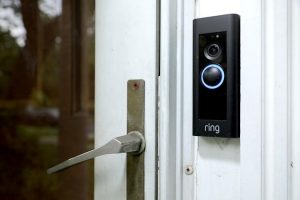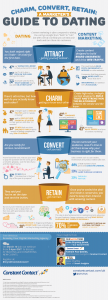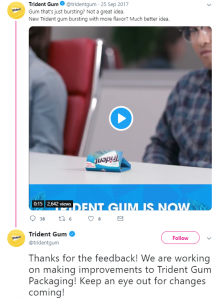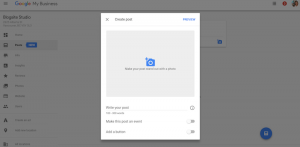— January 8, 2019
You’ve done your research, perfected your portfolio, and narrowed down your prospects.
But is it still enough to land your first remote graphic design job at a leading agency?
Maybe not.
Remote jobs require a different approach than traditional gigs. Everything from your pitch to your positioning has to align with the unique requirements of a remote opportunity.
Plus, if you’re aiming to work at a top agency, you have to understand the dynamics of agency life and how a remote designer might fit into it.
In this guide, I’ll show you how to place your best foot forward and score that remote graphic design job you’ve always wanted.

Understand Your Employer’s Perspective
One of the surest ways to derail any job hunt is to make it all about yourself.
Sure, a job search is about how you represent yourself to an employer. But it is also equally about giving employers what they want.
This is particularly true for remote roles where your employer’s needs will be different from a regular business’.
Before you start your search, place yourself in your target company’s shoes. What do they want from a remote designer? What specific problem are they looking to solve? Is there anything you can do to position yourself better?
I’ll answer these questions and more below.
Why employers hire remote workers
For traditional jobs, the reason to hire a new employee is usually the same: there is work to be done and not enough people to do it.
But hiring a remote worker is a deliberate choice. Being effective as a business while working remotely isn’t easy. Any company that decides to hire remotely is doing so for specific cultural and financial reasons.
And what are these reasons?
In an earlier article on Workamajig, we covered the six reasons why agencies should hire remotely:
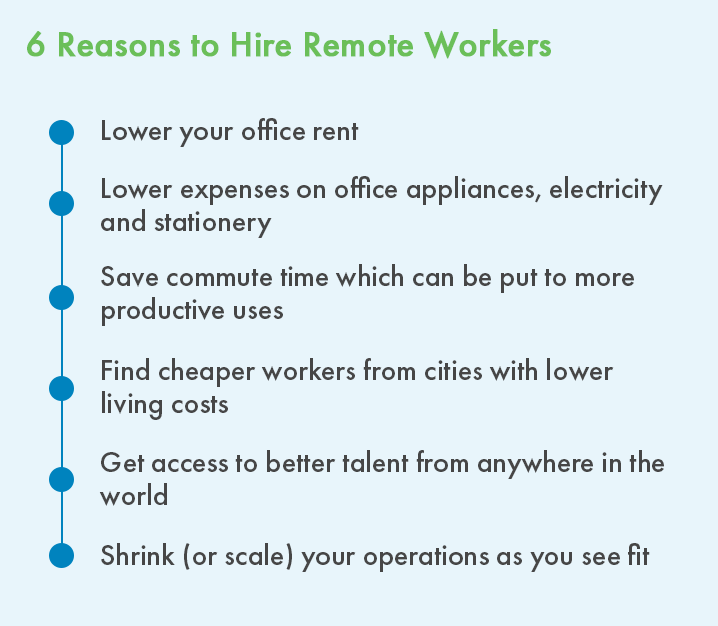
That’s not an exhaustive list, of course. Regardless, all reasons for remote hiring can be divided into three buckets:
- The financial benefits of remote work – lower costs, cheaper workers due to cost of living differences.
- The flexibility that remote work brings – the ability to hire or work from anywhere, and scale up/down the agency as necessary.
- The values that remote work signals. A firm hiring remote-only tells everyone – clients and employees alike – that it is young, hip, and ready to change with the times.
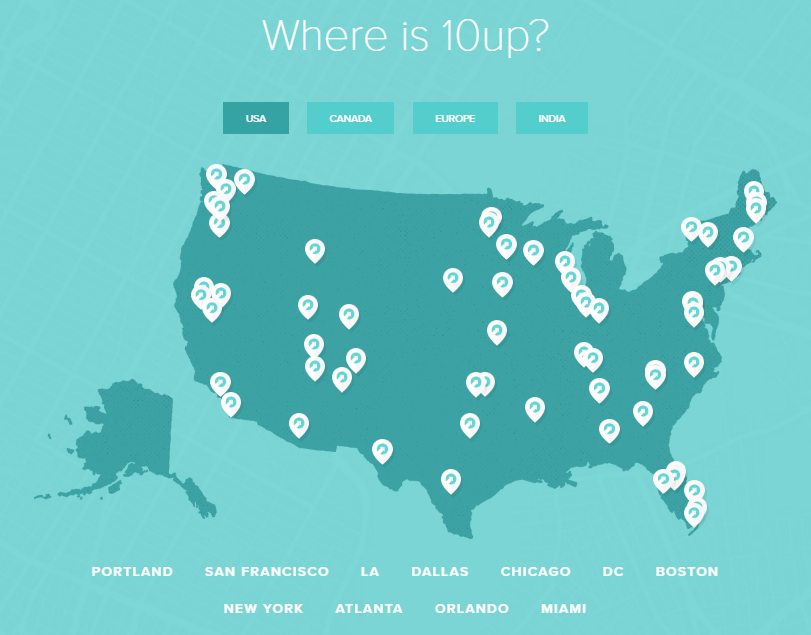
Agencies like 10Up hire talent from around the world without a central office
The question you might be asking is: why should this even matter to you? After all, you’re applying for a remote graphic design job, not starting an agency.
The truth is that once you understand the why of remote hiring, you’ll be much better placed to position yourself to be more attractive to employers.
Your target agency is hiring remotely because it wants to be flexible? Perhaps you can sell them on your availability and flexibility with work schedules.
Or maybe they’re going this route because they value remote work. In that case, you might tell them about your freelance career and the satisfaction of helping clients across the world.
Agencies are all about positioning; it is only fitting that your job application follows the same.
Your takeaways:
- Dig into the “why” of your target company. Figure out why they’re hiring remotely.
- Position your application to answer this why.
What do employers look for in remote employees?
If you were applying for a traditional role, the answer to this question would be easy: skills.
But since you’re applying for a remote graphics design job, you have to bring more than skills to the table.
If you’ve ever worked remotely, you would know that the two biggest barriers to productivity are:
- Communication: It’s easy to miss things when you can’t hash them out in-person. This is particularly true for creative work that requires a lot of back and forth to get right.
- Discipline: Working remotely often means working alone. Unless you’re on a strict schedule, it’s easy to push deadlines until it’s too late.
This is why Bonnie Morris of CompanyB says that ideal remote workers are:
“…generally responsible self-starters who aren’t distracted during the day. The people I collaborate with don’t necessarily want or need a 9-6 structure to do their work.”
Communication and time management. Outside of your core skills, these are the two biggest issues employers face when hiring remotely.
If you want to increase your chances of landing a job, make sure to address them directly.
In your application, focus on:
- Prior experience you’ve had working for yourself. This could be anything – another remote job, freelance experience, a side business, or even volunteer work where you did not have an immediate supervisor.
- Your communication skills. Show it in your application itself. Be clear, precise, and thorough. When in doubt, err on the side of over-communication than under-communication.
- Your self-management skills. Talk about your routine, a hobby, or any other experience (both within and outside work) that requires you to be disciplined and stick to a schedule. Even a regular gym habit can show that you can manage yourself.
- Experience with communication tools. Remote hiring agencies typically use a combination of modern communication tools such as Slack, HipChat, Join.me, etc. Highlight any experience you’ve had on these platforms (for example, you might be a member of a Slack group).
- Experience with project management tools. Agencies rely heavily on project management tools to get work done. If you’ve worked with something like Workamajig, Trello, etc. in the past, make sure to mention it.
And of course, highlight your actual graphics design skills as well. Communication and self-management might be important, but they won’t do much if you don’t know your way around Illustrator.
Your takeaways:
- Employers hiring remote workers are often concerned about communication and discipline issues.
- Address these by focusing on your communication skills, self-starter attitude, and prior experience working for yourself.
Understanding your employer can only take you so far. You also need a solid portfolio and the right application.
Business & Finance Articles on Business 2 Community
(102)


